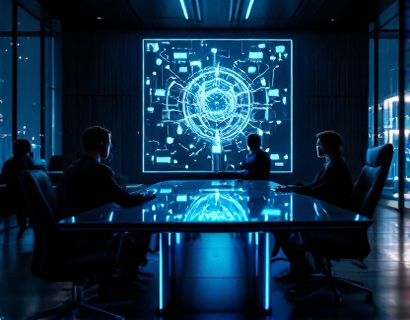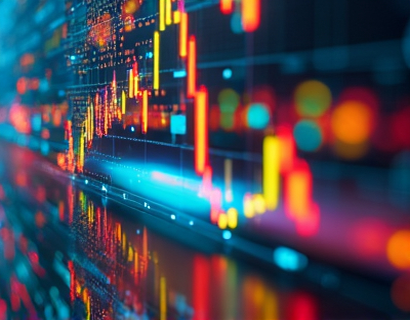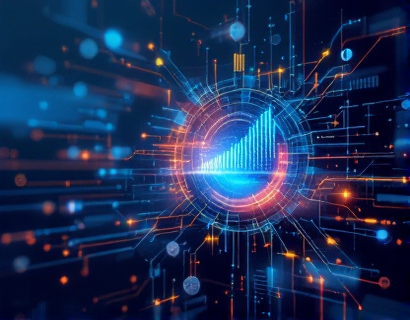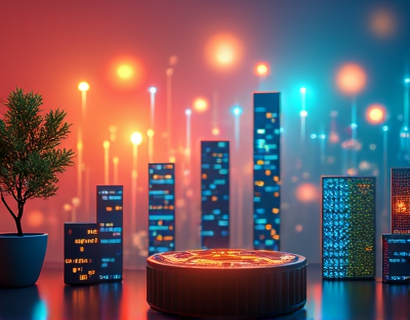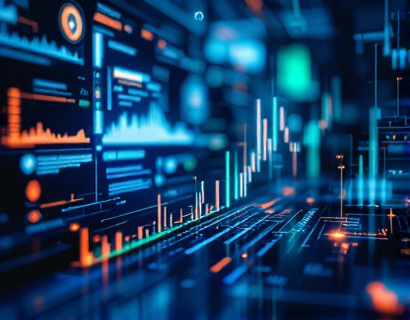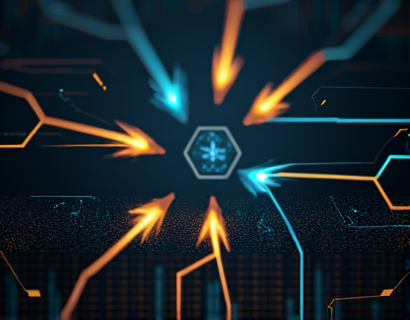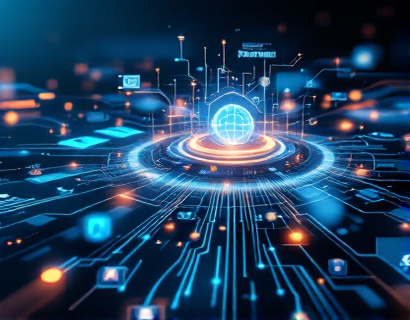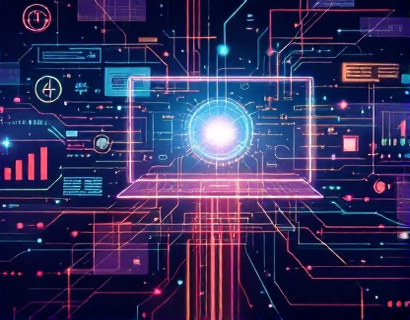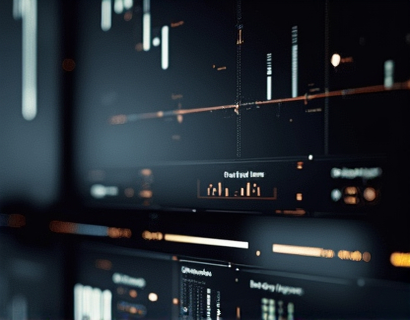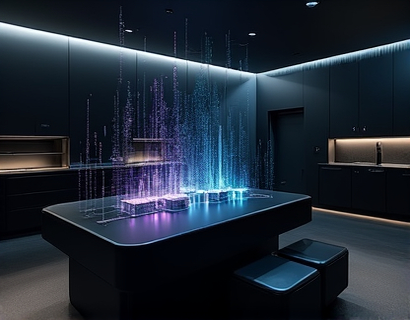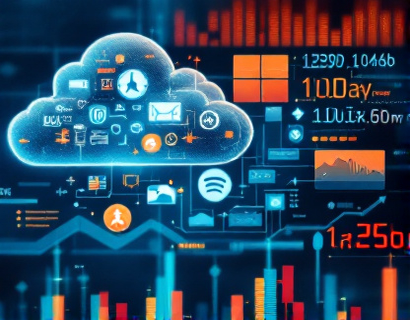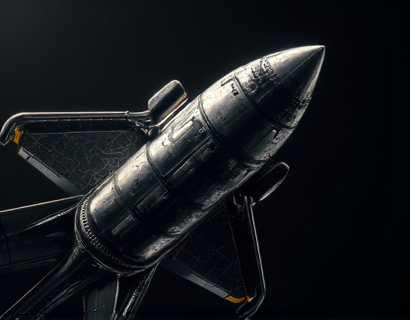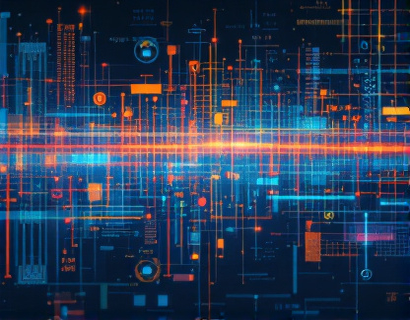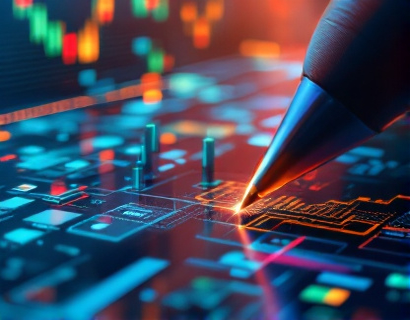Blockchain for Art: Revolutionizing the Preservation and Tracking of Historical Artifacts with Decentralized Solutions
Blockchain technology, originally designed for cryptocurrencies, has found a novel application in the art world, transforming the way historical artifacts and artworks are tracked, verified, and preserved. This decentralized ledger system offers a secure, transparent, and immutable record of ownership and provenance, addressing longstanding challenges in the art and heritage management sector. By leveraging blockchain, collectors, museums, and cultural institutions can now trust and collaborate more effectively, ensuring the preservation of unique cultural treasures for future generations.
The traditional art market has long struggled with issues of authenticity, provenance, and ownership. Artworks often change hands multiple times, and verifying their history can be a complex and time-consuming process. Forgeries and misattributions are not uncommon, leading to significant financial and cultural losses. Blockchain technology provides a solution by creating a tamper-proof record of an artwork's journey from creation to current ownership. Each transaction, from the artist's studio to the museum or collector, is recorded on the blockchain, creating an unalterable chain of custody.
Enhancing Authenticity and Provenance
One of the most significant benefits of blockchain in the art world is the enhancement of authenticity and provenance. Every artwork can be assigned a unique digital identity, linked to its blockchain record. This record includes detailed information such as the artist's signature, creation date, materials used, and any previous ownership history. Smart contracts, self-executing contracts with the terms directly written into code, can automate and enforce the rules of ownership transfer, ensuring that all parties adhere to agreed-upon conditions.
For instance, when an artwork is sold, the new owner can be automatically notified and the transaction recorded on the blockchain. This not only streamlines the process but also reduces the risk of fraud and errors. Collectors and institutions can verify the authenticity of an artwork by accessing its blockchain record, which is accessible to authorized parties. This level of transparency builds trust within the art community and reassures buyers of the legitimacy of their purchases.
Preservation and Management of Cultural Heritage
Beyond authenticity and provenance, blockchain technology also plays a crucial role in the preservation and management of cultural heritage. Historical artifacts often require meticulous care and documentation to maintain their value and significance. Blockchain can serve as a centralized yet decentralized repository for all relevant data, from conservation records to environmental conditions during storage and exhibition.
Museums and cultural institutions can use blockchain to create a comprehensive digital archive of their collections. This archive can include high-resolution images, detailed descriptions, and historical context, making the artifacts accessible to a global audience. The decentralized nature of blockchain ensures that this data is not controlled by a single entity, reducing the risk of data loss or manipulation. In the event of a disaster, such as a fire or flood, the blockchain record can serve as a critical backup, helping to restore and rebuild cultural heritage.
Collaboration and Efficiency
The art and heritage management sector is inherently collaborative, involving various stakeholders such as artists, collectors, dealers, and institutions. Blockchain facilitates more efficient and seamless collaboration by providing a shared, trustless platform. Each party can access and update the blockchain record in real-time, ensuring that everyone has the most current and accurate information.
For example, when an artwork is loaned between museums, the blockchain can track the loan agreement, including terms, duration, and conditions. This reduces the need for paper-based contracts and manual record-keeping, minimizing administrative burdens and potential disputes. Smart contracts can automatically enforce penalties for late returns or non-compliance with agreed terms, further enhancing the efficiency of these collaborations.
Tokenization of Art and Cultural Assets
Another innovative application of blockchain in the art world is the tokenization of art and cultural assets. Tokenization involves creating digital tokens that represent ownership or rights to a physical asset. These tokens can be bought, sold, or traded on blockchain-based marketplaces, providing new opportunities for artists and collectors.
Tokenized art allows fractional ownership, enabling multiple investors to own parts of a valuable artwork. This democratizes access to high-value art, making it more accessible to a broader audience. Additionally, tokenization can increase liquidity in the art market, as digital tokens can be more easily bought and sold compared to physical artworks. The transparency and security of blockchain ensure that these transactions are trustworthy and verifiable.
Challenges and Considerations
While the potential benefits of blockchain in the art world are significant, there are also challenges and considerations that need to be addressed. One major challenge is the technical complexity and the need for education and adoption among stakeholders. Many in the art industry may be unfamiliar with blockchain technology, requiring training and support to fully leverage its advantages.
Another consideration is the integration of blockchain with existing systems and processes. Museums and cultural institutions often have legacy systems that may not easily accommodate blockchain technology. Collaboration between tech developers and cultural institutions is essential to create seamless integrations that enhance, rather than disrupt, current operations.
Legal and regulatory frameworks also play a crucial role. The use of blockchain in art transactions must comply with existing laws and regulations, including those related to intellectual property, data privacy, and cross-border transactions. Clear guidelines and standards need to be established to ensure that blockchain applications in the art world are legally sound and widely accepted.
Future Prospects
As blockchain technology continues to mature, its applications in the art and heritage management sector are likely to expand. Future developments may include more sophisticated smart contracts, enhanced interoperability between different blockchain platforms, and advanced authentication tools using artificial intelligence and machine learning.
The combination of blockchain with other emerging technologies, such as the Internet of Things (IoT) and augmented reality (AR), can further enrich the art experience. For example, IoT sensors can monitor the environmental conditions of artworks in real-time, with the data stored on the blockchain. AR can provide interactive and immersive experiences, allowing viewers to explore the history and context of artworks in a more engaging way.
In conclusion, blockchain technology is revolutionizing the preservation and tracking of historical artifacts and artworks. By providing a secure, transparent, and decentralized solution, it addresses key challenges in the art world, fostering greater trust, collaboration, and efficiency. As the art and heritage management sector embraces this innovative approach, it paves the way for a more resilient and vibrant cultural future.



